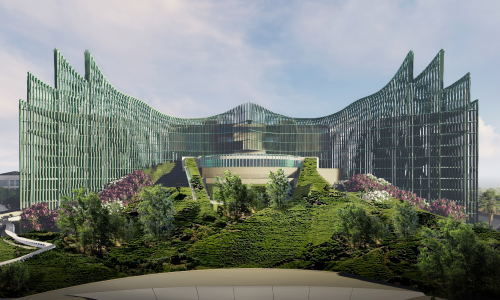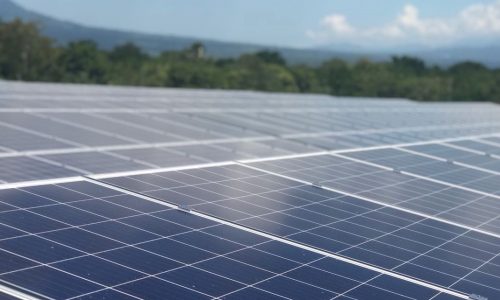Suharso Monoarfa, the Minister of National Development Planning/Head of the National Development Planning Agency (Bappenas), stated that Indonesia possesses significant untapped potential in the blue economy. However, this potential has not been fully utilized.
“Perhaps only a few percentages have been exploited on the entire surface of the earth,” said Suharso on December 18, 2023.
The Organisation for Economic Cooperation and Development (OECD) projects that the global added value of the blue economy will reach US$ 30 trillion by 2030.
Exports of marine-based goods reached US$ 1.3 trillion in 2020, showcasing the enormous potential of the blue economy. Even during the Covid-19 pandemic, exports based on marine products only decreased by 3.2%.
If the vast potential of the blue economy can be optimized, the benefits include economic gains, protection of habitats and biodiversity, and a reduction in greenhouse gas (GHG) emissions by up to 20%.
“(For example), 56-58% of the world’s coral reefs are in Indonesia, with the majority in Raja Ampat, Papua, and in the Sawu Sea, East Nusa Tenggara. The capacity of coral reefs is incredibly large, even up to 20 times that of the same area of forests,” he stated.
The blue economy is estimated to create around 12 million jobs by 2030 and provide 40 times more renewable energy by 2050. Additionally, the blue economy will increase the availability of seafood sixfold by 2050. The benefits of sustainable marine investments are projected to reach US$ 15.5 trillion by 2050.
Suharso mentioned that Indonesia has a territorial sea area of 290 thousand square kilometers, serving as a crucial connection for international trade routes with three Archipelagic Sea Lanes of Indonesia (ALKI).
According to him, Indonesia’s vast ocean is an essential asset. In the Natuna Sea, for example, there is a gas volume of 222 Trillion Cubic Feet (TCF) with reserves of 46 TCF. Natuna also has fisheries potential of up to 504 thousand tons per year, with almost a third of world shipping passing through the Natuna Sea.
“We don’t only have Natuna. We also have the Malacca Strait, Cendrawasih Bay (Biak Numfor Regency, Papua), Capalulu Strait (North Maluku), and many more,” said Suharso.










